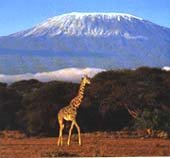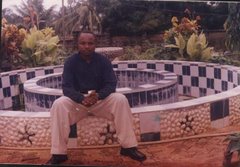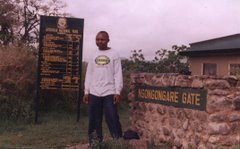4 Days - Ngorongoro Crater/Lake Manyara
Day 1 – Depart Arusha for Ngorongoro Crater
Lunch in Arusha.
Drive to Ngorongoro Crater arriving in the late afteroon.
Dinner and overnight at the Ngorongoro Lodge.
Day 2 – Full Day Game Drive in Ngorongoro Crater
After breakfast, descend down the crater for a full day tour.
Picnic lunch on the crater floor.
Dinner and overnight at the Ngorongoro Lodge.
Day 3 – Depart for Lake Manyara
Depart for Lake Manyara National Park.
Lunch at the Lodge.
Afternoon game drive in Lake Manyara Park.
Dinner and overnight at Lake Manyara Lodge
Day 4 – Depart for Arusha
Early morning game drive, breakfast and return to Arusha.
Late lunch in Arusha
All Meals Included
End of Trip
5 Days - Manyara/Ngorongoro/Tarangire
Day 1 – Depart Arusha for Lake Manyara
Lunch in Arusha.
Drive to Lake Manyara arriving in the afternoon.
Late afternoon game drive in Lake Manyara
Dinner and overnight at the Lake Manyara Lodge.
Day 2 – Morning Game Drive/Depart for Ngorongoro
Early morning game drive, breakfast and drive to Ngorongoro Crater
Lunch at Crater Lodge
Afteroon game drive in the Crater floor.
Dinner and overnight at the Ngorongoro Lodge
Day 3 – Morning Game Drive/Depart for Tarangire
After breakfast, morning game drive in Ngorongoro Crater
Picnic lunch in Crater floor
Depart in the afternoon for Tarangire National Park
Dinner and overnight at Tarangire Lodge
Day 4 - Full Day Game Drives in Tarangire
After breakfast, morning game drive in Tarangire
Lunch at Tarangire Lodge
Afternoon game drive in Tarangire
Dinner and overnight at Tarangire Lodge
Day 5 – Depart for Arusha
After breakfast, return to Arusha
Lunch in Arusha
All Meals Included
End of Trip







